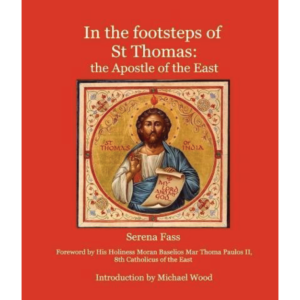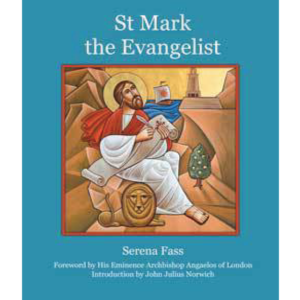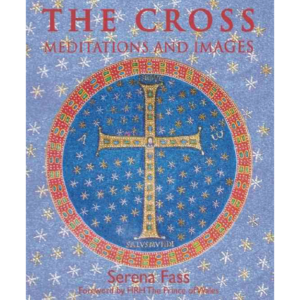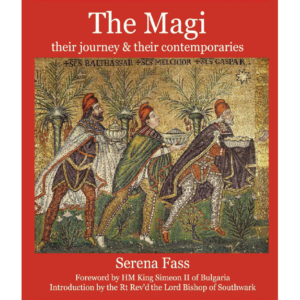The Magi
I have spent much of my life travelling, whether exploring on my own, or taking other people on adventurous journeys, many of them in the Middle East and I have long been interested in the story of the Magi and their journey to find Jesus.
After many recent trips to Iran and encountering the Zoroastrians and their fire temples, still alight today in Yazd, (having never been extinguished since the time of Cyrus the Great) and as many to Eastern Turkey as well as to Jerusalem, I was curious to know why, two thousand years ago, some astronomer priests, three, four, twelve or forty, might have followed a star on a portion of the Silk Route on an uncomfortable twenty-eight day journey of some eight hundred or so miles, allegedly from Kashan or elsewhere to Bethlehem.
Opinions vary as to where the Magi came from: some say they were Zoroastrian priests from Iran, or Babylon, or Nineveh, or from Commegene, Urfa or Harran in Turkey; later legends pointed to the Arabian peninsular, Ethiopia and India, so I decided to try and find out more. With a minefield of conflicting evidence from the early Church Fathers to recent DNA testing, it is still not possible to be certain if the Magi existed, where they were from, or where they are buried.
St Helena was convinced that she had found their bodies, brought them back to Constantinople, wrapped them in Imperial purple brocade and taffeta, and when danger loomed, had their sarcophagus taken by Bishop Eustogius to Milan, an important Byzantine city, where it remained until the German Emperor, Frederick Barbarossa, seized Milan from the Pope in 1167 and carried off their greatest treasure to Cologne. Here he had a cathedral built specially to house these priceless relics; they remain there today above the High Altar.
Alternatively, Marco Polo reports that he found three ancient tombs, allegedly of the three Magi, in a near perfect state of preservation in three sarcophagi marked with crosses, in Savah, just east of Tehran, and that they had met and started out from Kashan, which was an important Zoroastrian site where King Solomon, no less, was said to have had a garden built round a pool of healing water. One legend has it that St Thomas met up with the Magi on his was through Iran en route to India and baptised them. And that they lived to a ripe old age and died as martyrs.
I have tried to include all these legends and theories and to leave it to the reader to decide – because we will never know all the answers for certain.
Serena Fass,
London, Easter 2015
INTRODUCTION FOR THE MAGI
Serena Fass has combined her learning from a life time of travelling in the Biblical Lands with her profound Christian faith to compose another magnificent work to follow The Cross.
In October 2013, Serena joined a pilgrimage I led to Eastern Turkey and the Tur Abdin region of Mesopotamia, rich in legends of the Magi and we all found her enthusiasm infectious.
The Magi have always provoked more questions than answers. Beyond the Biblical narrative, many questions emerge from the various legends and appropriations. Were there twelve Magi or three? Did they come from one location, or from several, supernaturally gathered at one starting point? Was the Star a natural conjunction, or was it a God-given light? Did the expectation of the birth of a King descend from Daniel, or from other sources and seers of other faiths?
The narrative and romance of the Magi attests to God’s love for mankind, made in His image, and the quest for the Word made flesh. As you read the history and the ancient accounts, as you ponder the pictures and reflect on the poems and meditations, I hope, like the Magi, you will set out on the journey. May it lead you to the place where you can kneel, worship and adore the Christ, offering your most precious gift – yourself.
+Christopher Southwark
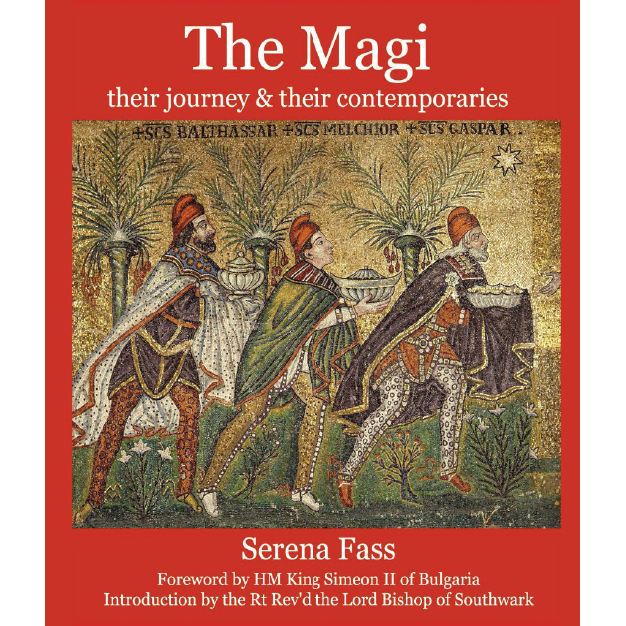
CONTACT US

